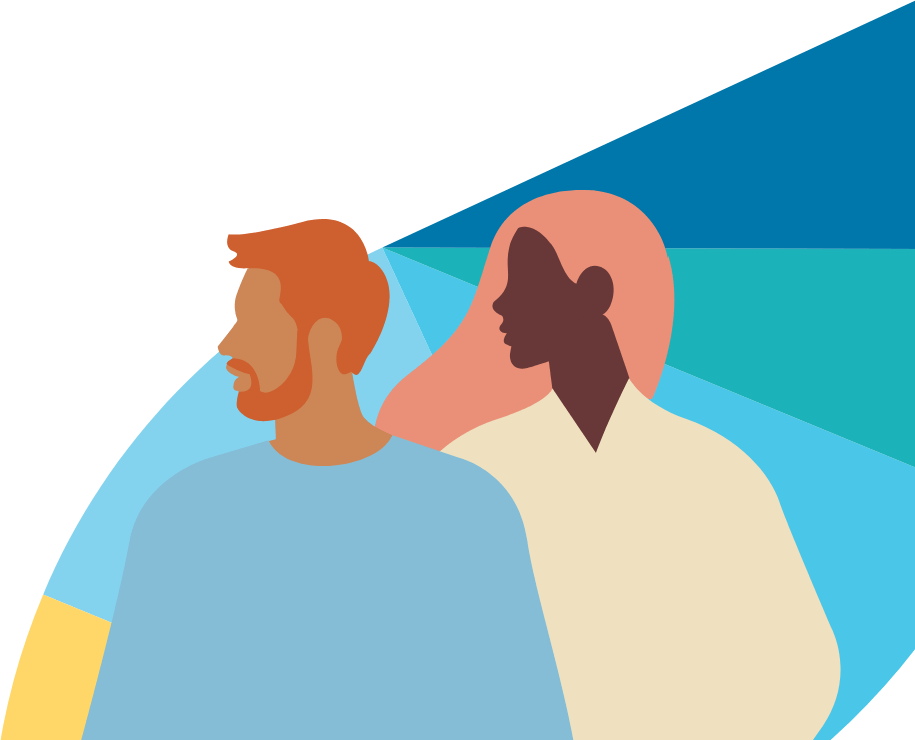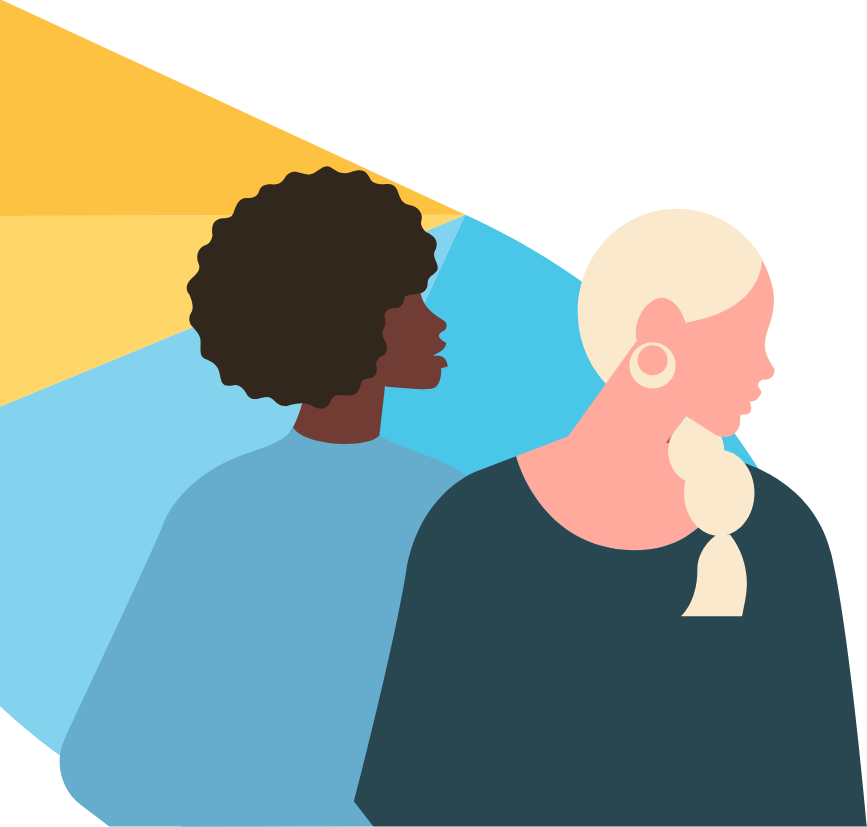Menu

Autism is a neurodevelopmental condition. It means that the brains of autistic individuals have developed differently, and so they perceive, interact with, and interpret the world differently to non-autistic people. Autism is identified through differences in social communication, behaviour, and sensory processing. Autistic individuals often experience co-occurring conditions such as Anxiety disorders and Mood disorders. Clinical psychology can play a crucial role in understanding and supporting autistic people, utilising evidence-based approaches to create a safe, non-judgmental therapeutic environment.
At Cova Psychology, we view Autism as a natural variation in human neurology rather than a disorder to be fixed. This perspective recognizes that autistic individuals have distinct ways of thinking, moving, sensing, processing and interacting. This variety or difference contributes to the diversity of human experience. The neurodiversity paradigm promotes acceptance for autistic people, encouraging society to appreciate their unique strengths and abilities, rather than asking them to change themselves or mask their uniqueness.
Autistic individuals often display a range of characteristics that differ from non-autistic individuals, including:
1. Social Communication Differences:
2. Repetitive Behaviours and Restricted Interests:
3. Sensory Processing Differences:
The autistic brain is characterised by unique patterns of connectivity and information processing. Unlike the non-autistic brain, which becomes more focal in its neural connections as it matures, the autistic brain remains more diffusely connected. This means that multiple brain regions are involved in processing stimuli, leading to unique strengths and challenges:
Pattern Recognition and Innovative Thinking:
Autistic individuals often excel at recognising patterns and making connections that others may not see. This ability to draw on disparate elements can inspire new perceptions and ideas.
Challenges with Transitions and Sensory Filtering:
The diffuse neural connectivity in the autistic brain can make it difficult to transition between tasks and filter sensory information. Autistic individuals may find it challenging to shift their focus quickly and may become overwhelmed by sensory stimuli that compete for their attention. The holistic approach to therapy also considers physical aspects like chronic pain, which can accompany neurodevelopmental conditions.
When Autism is diagnosed in a health setting, it’s official term (in the Diagnostic & Statistical Manual, DMS-IV) is Autism Spectrum Disorder (ASD). This term has felt very pathologising to the Autistic community as it implies deficit and illness, as opposed to difference and diversity. Therefore, the term Autism is used by many as a more affirming name.
However, Autism Spectrum Disorder or ASD (and the associated severity levels which refer to the level of support an Autistic individual requires) will still be seen and used in reports and on funding documentation. Psychologists (as well as other health professionals) can play a role in providing assessment and diagnosis (as well as therapeutic support) for individuals with autism.
No. Autism is a natural variation in human neurodevelopment. It is not a disease or an illness that needs to be cured. Instead, it represents a different way of experiencing the world, and the idea of “curing” autism is widely regarded as inappropriate and harmful within the Autistic community and among many professionals. Autism is considered part of a person’s identity.
Rather than seeking a cure, the focus should be on providing support, accommodations, and inclusive environments to help autistic individuals thrive. This includes tailored education, therapies that respect autistic differences, and societal changes to reduce stigma and promote acceptance. It is now clear that attempts to cure or heavily modify autistic behaviours have been linked to significant psychological distress and mental health issues for autistic people. Individuals can access subsidised counselling sessions through a mental health care plan to support their well-being.
That is a complicated question without a simple answer. Autism develops in individuals due to a complex interplay of genetic, environmental, and neurological factors.
And of course, it is no single factor but the interplay of these factors which is most crucial. For example, an individual with a genetic predisposition to autism may develop the condition when exposed to specific environmental triggers.
Do autistic people have emotions? Can they experience empathy? Can they build meaningful relationships?
There are many stereotypes and misconceptions about autism. Yes, autistic people have emotions, experience empathy, and build relationships. These aspects of human experience are often misunderstood though, due to differences in expression and communication styles among autistic individuals.
Emotions and Autism
Autistic individuals experience a full range of emotions just like non-autistic individuals. They can feel happiness, sadness, anger, love, and all other emotions. The way these emotions are expressed by autistic people might differ and might not always align with typical social norms, which can sometimes lead to misunderstandings. Creating a safe therapeutic space is crucial for helping autistic individuals express and manage their emotions. Some autistic individuals may have alexithymia, a condition where a person has difficulty identifying and describing their emotions. This does not mean they lack emotions; it simply means they struggle to articulate them.
Empathy
The myth that autistic individuals lack empathy is incorrect. They do experience empathy, but again it can manifest in different ways:
Cognitive vs. Affective Empathy: Research shows that while autistic people might struggle with cognitive empathy (understanding another person’s perspective), they often have intact or even heightened affective empathy (feeling another person’s emotions).
Empathic Distress: Some autistic individuals may feel others’ emotions so intensely that it becomes overwhelming, leading them to withdraw as a coping mechanism. This withdrawal can be misinterpreted as a lack of empathy.
Autism and Relationships
Autistic people can and do build strong and significant bonds with others, and more importantly, they want to do this. Autistic people though may connect in ways that differ from non-autistic norms:
Social Communication: Autistic individuals might have challenges with typical social communication, such as understanding social cues or engaging in small talk. However, they often form deep, meaningful connections with those who understand and respect their communication style.
Intense Interests: Shared interests can be a strong foundation for relationships. Autistic people often connect deeply with others who share their passions and hobbies.
Authenticity: Relationships with autistic individuals are often characterized by a high degree of honesty and authenticity, as they may be less inclined to engage in social pretence.
Psychologists have a particular interest in providing specialised support for neurodivergent populations, including autistic individuals.
Relationship counselling is also an option to help autistic individuals and their partners navigate their unique communication styles.


If you or a loved one might benefit from support for autism, and help with the challenges that may arise in navigating a neurotypical world with a neurodivergent brain, our Melbourne psychologists and trauma therapists are here to help. Get in touch with our friendly reception team to book an appointment. Contact us by:
We are available for both face to face and telehealth sessions.
Let’s discuss your needs and match you with the right Melbourne psychologist.



Don't let your struggles hold you back. Call us.
Let’s discuss your needs and match you with the right Melbourne psychologist.
Let’s discuss your needs and match you with the right Melbourne psychologist



Acknowledgement of Country
Cova Psychology acknowledges the Traditional Owners of the land where our Melbourne CBD practice is located—the Wurundjeri Woi-wurrung and Bunurong/Boon Wurrung peoples of the Kulin Nation. We pay respect to their Elders, past and present, as well as the Elders of other Aboriginal communities in Melbourne and beyond.






We would like to acknowledge the Traditional Owners of the land on which the practice is located. We pay our respects to their Elders, past and present, and the Aboriginal Elders of other communities who may be here today.























